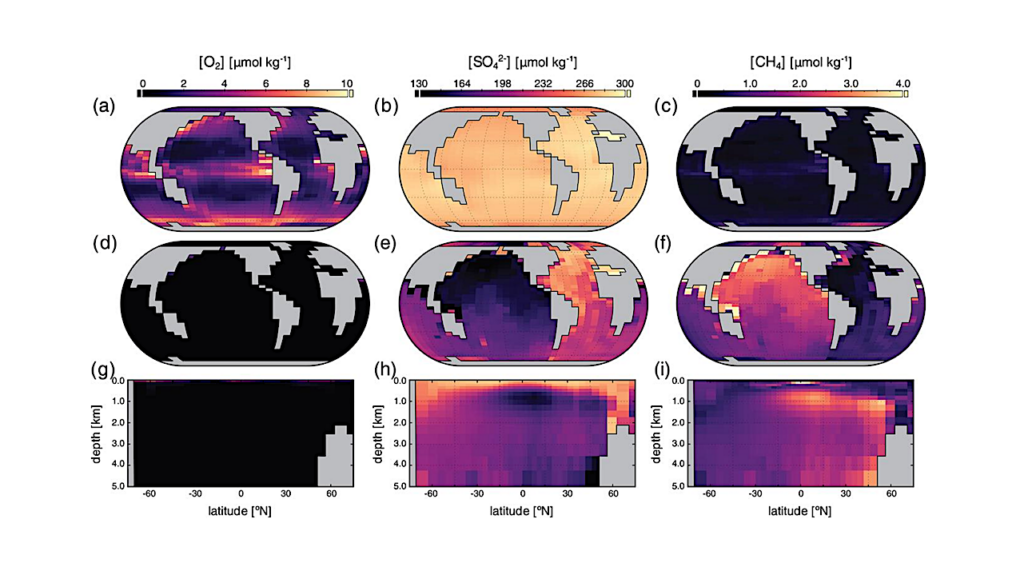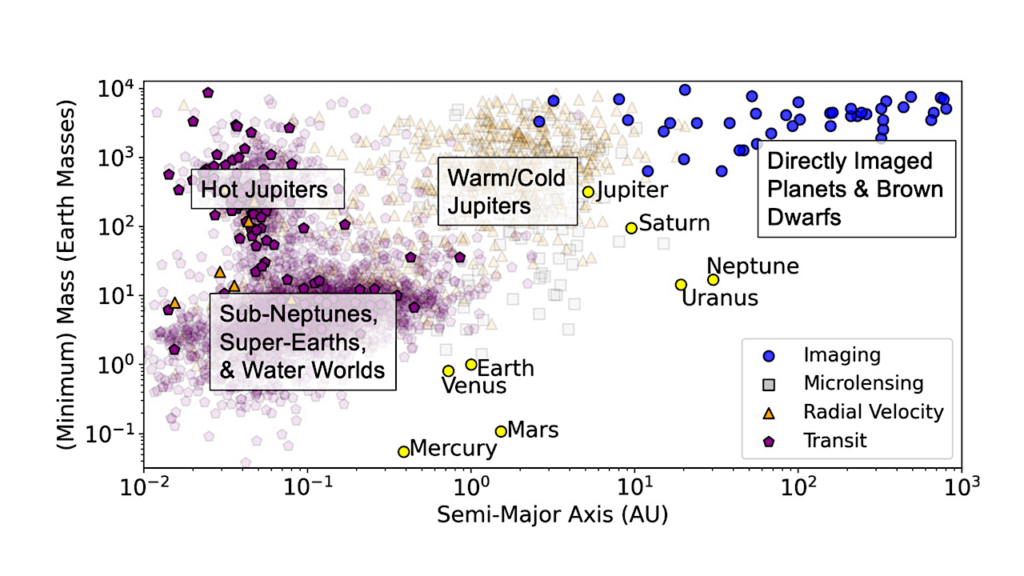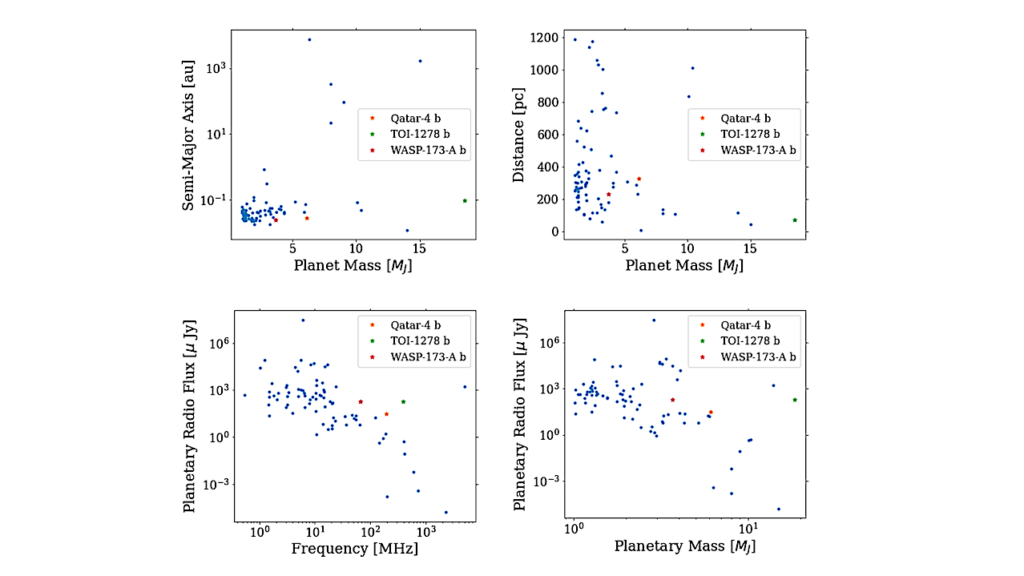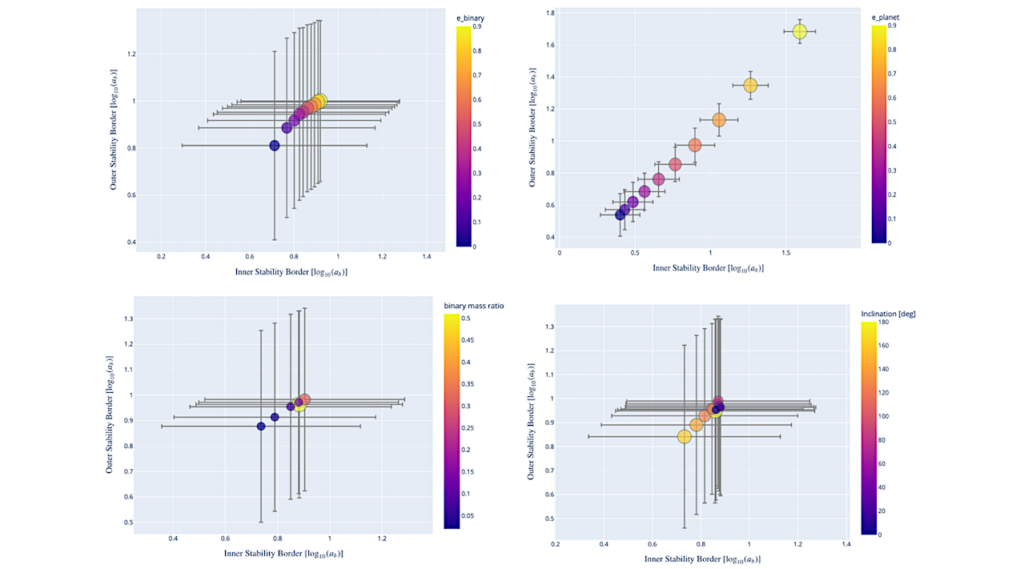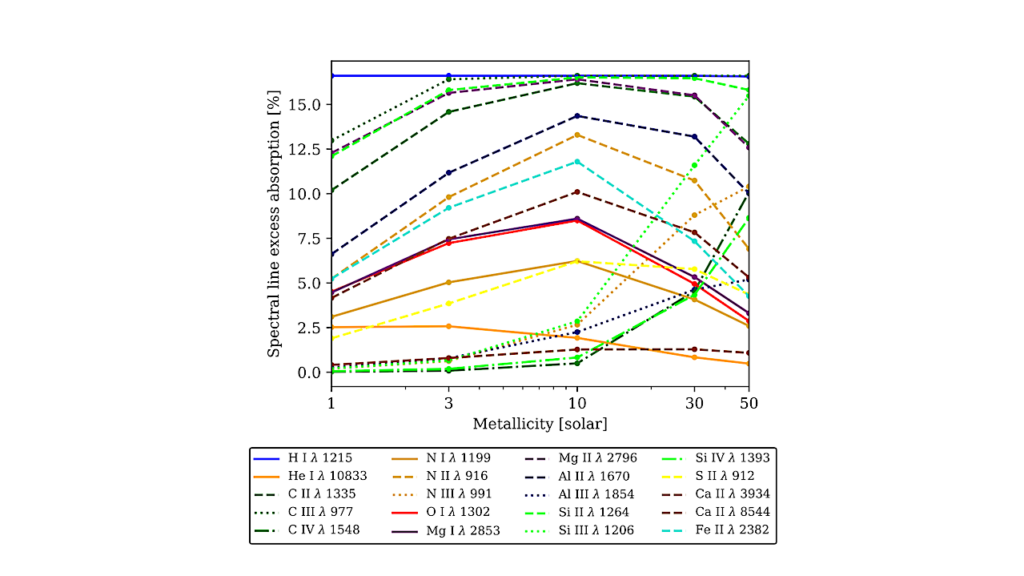Exploring the Inner Edge of the Habitable Zone with Fully Coupled Oceans

Rotation in planetary atmospheres plays an important role in regulating atmospheric and oceanic heat flow, cloud formation and precipitation.
Using the Goddard Institute for Space Studies (GISS) three dimension General Circulation Model (3D-GCM) we investigate how the effects of varying rotation rate and increasing the incident stellar flux on a planet set bounds on a planet’s habitable zone with its parent star. From ensemble climate simulations we identify which factors are the primary controllers of uncertainty in setting these bounds. This is shown in particular for fully coupled ocean (FCO) runs — some of the first that have been utilized in this context.
Results with a Slab Ocean (SO) of 100m mixed layer depth are compared with a similar study by Yang et al. 2014, which demonstrates consistency across models. However, there are clear differences for rotations rates of 1-16x present Earth sidereal day lengths between the 100m SO and FCO models, which points to the necessity of using FCOs whenever possible. The latter was recently demonstrated quite clearly by Hu & Yang 2014 in their aquaworld study with a FCO when compared with similar mixed layer ocean studies and by Cullum et al. 2014.
We also show how these results have implications for Venus in the early history of our Solar System since even at this time Venus received more solar flux than Earth does today while it may still have had a slow retrograde rotation. The Venus runs utilize a 2.9Gya solar spectrum generated with the code of Claire et al. 2012, a modern Venus topography with an ocean filling the lowlands (giving an equivalent depth of 310 meters if spread across the entire surface), atmosphere of 1 bar N2, CO2=0.4mb, CH4=0.001mb and present day orbital parameters, radius, & gravity. We demonstrate that ancient Venus could have had quite moderate surface temperatures given these assumptions.
M. J. Way, A. D. Del Genio, M. Kelley, I. Aleinov, T. Clune
(Submitted on 23 Nov 2015)
Comments: 4 pages, 15 figures, to be published in Comparative Climatology of Terrestrial Planets II, NASA Conference Proceeding technical No. TBD
Subjects: Earth and Planetary Astrophysics (astro-ph.EP)
Cite as: arXiv:1511.07283 [astro-ph.EP] (or arXiv:1511.07283v1 [astro-ph.EP] for this version)
Submission history
From: Michael Way
[v1] Mon, 23 Nov 2015 15:45:32 GMT (2432kb)
http://arxiv.org/abs/1511.07283


